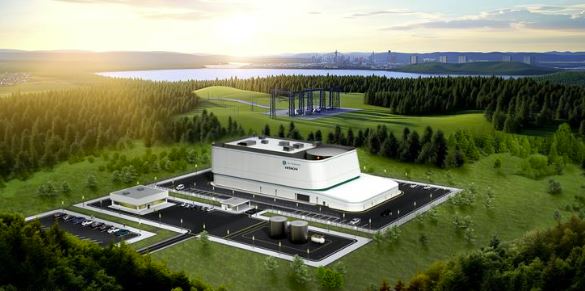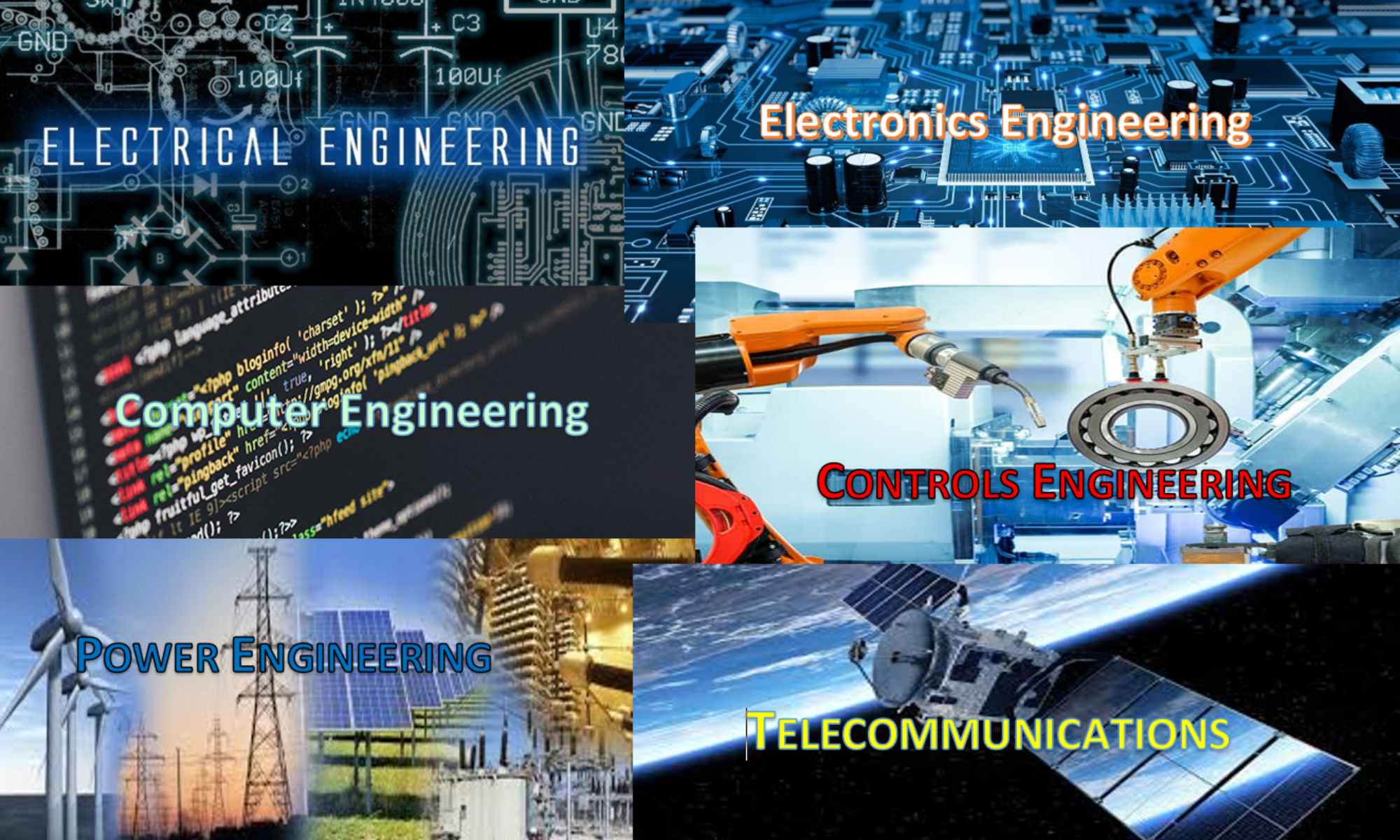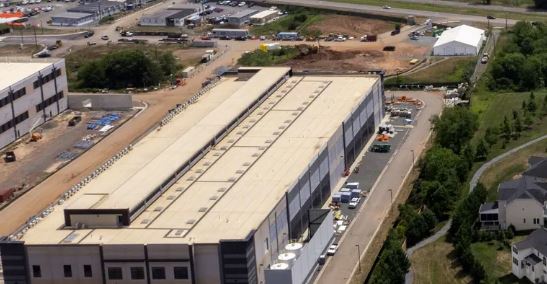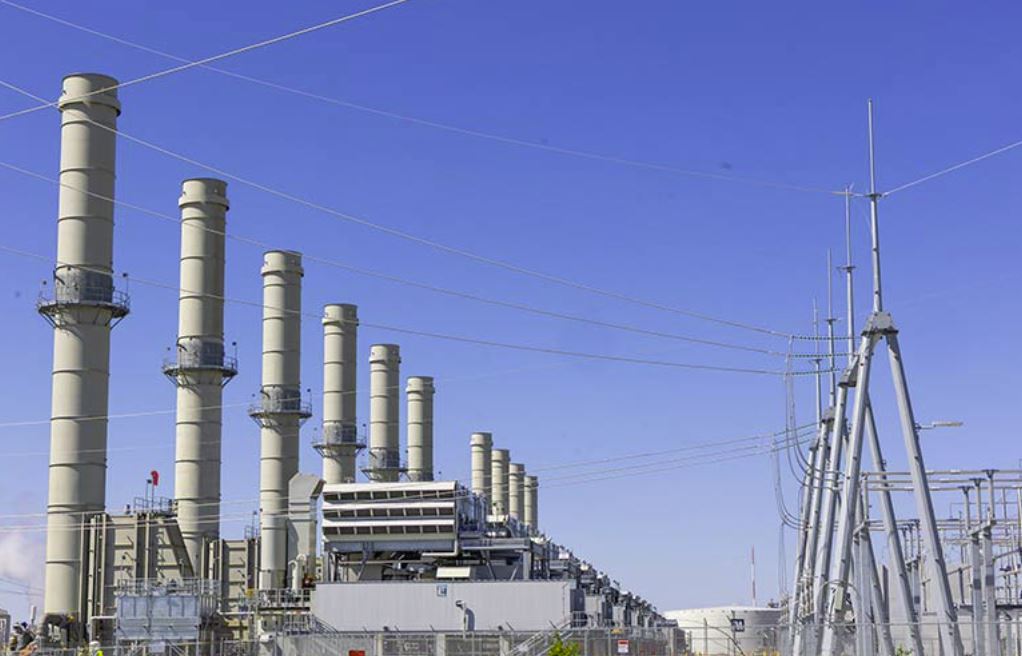
TVA announced it was “the first utility in the U.S. to submit a construction permit application (CPA) for the GE Vernova Hitachi Nuclear Energy (GVH) small modular reactor (SMR) BWRX-300 technology to the U.S. Nuclear Regulatory Commission – the agency that issues licenses for constructing, operating and decommissioning nuclear power plants.
This CPA is TVA’s next step in pursuing an SMR at its Clinch River site, near Oak Ridge, Tennessee, and establishing America’s energy dominance to power artificial intelligence, quantum computing and advanced manufacturing.





